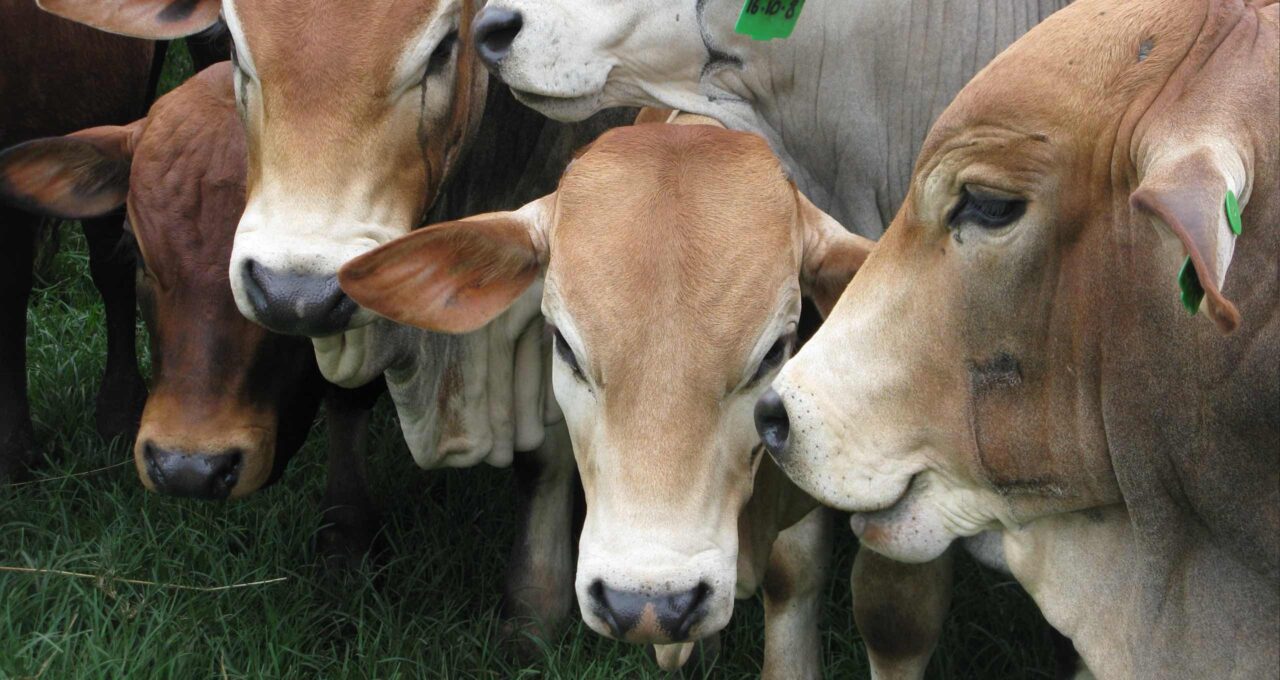Boran Cattle
The resilience of Boran across Southern Province continue to prove their economic worth especially during the 6 years of drought ending in 2020. The Boran has been a feature of the province for many decades where even in poor seasons it retains condition and fertility while European breeds wilt. An African breed developed over the centuries by the Boran tribe in the semi desert conditions of northern Kenya was improved by ranchers in Likipia which maintains a medium size bulk which being particularly suited to extensive ranching in the variable climate, grasses and trees of southern and central Zambia. Similar to the other Sanga African breeds, these cattle are browsers as well as grazers so do well in mixed bush environments.
Boran cattle with their short hair over thick dark loose skin manage the high temperatures of the summer just as their natural resistance to a number of tick and other vet challenges support their adaption to these mixed Zambian conditions. The hardy cows and bulls ususally retain their fertility for up to 4 years beyond which the European breeds are culled. Bred amongst lions and leopards in Northern Kenya, the Boran naturally stays in a group when grazing and remains docile to handle even with calf at heel. They are the ideal cattle for Ultra- high density grazing.
Despite a prominent hump and dew lap, which shows Bos Indicus infusion centuries ago, the Boran arises from an old African strain of Bos Taurus. It provides vigour when crossed with other hardy sanga African breeds, which will improve local Tonga, Ngoni and Tulu type cattle. There is pronounced hybrid vigour in the calves of a first cross with pedegree Bos Indicus or European Bos Taurus breeds with the later able to perform particularily well in a feedlot situation. The Boran bull makes a positive economic addition to the cattle herds of Southern and Central Zambia.



